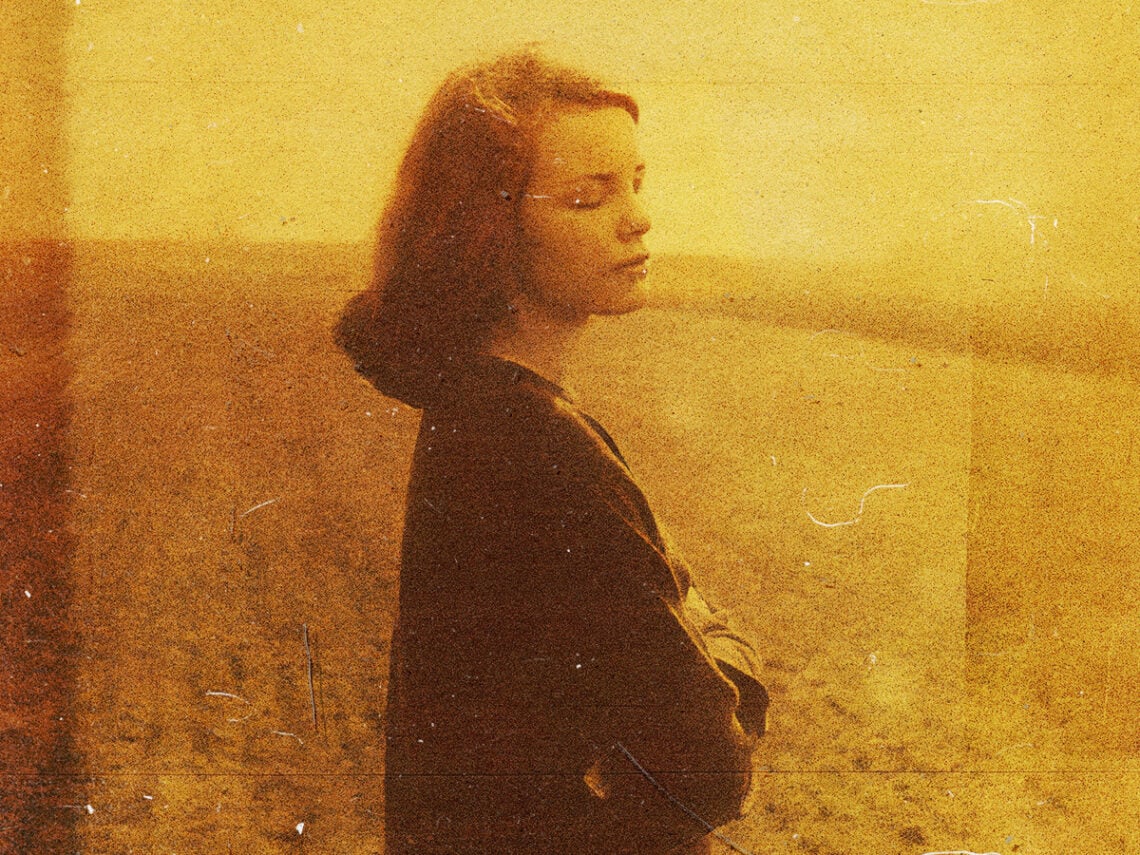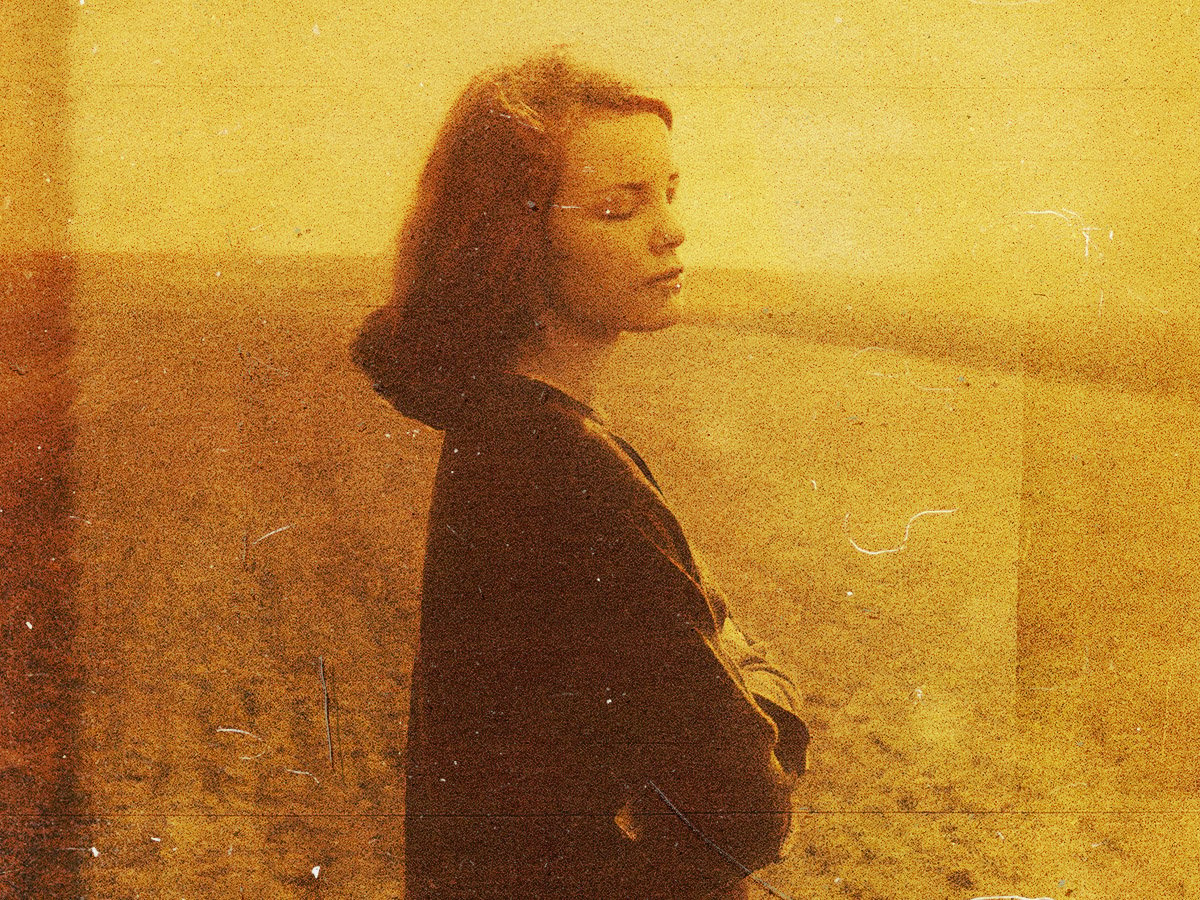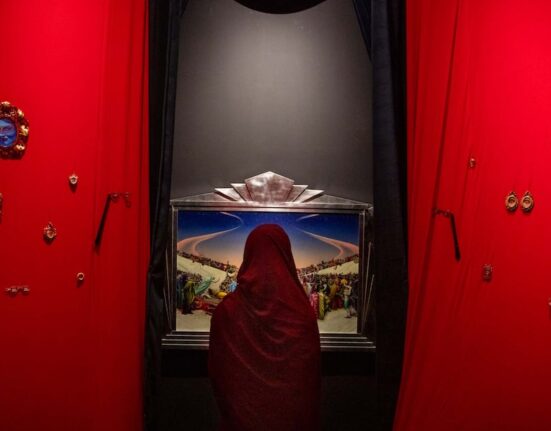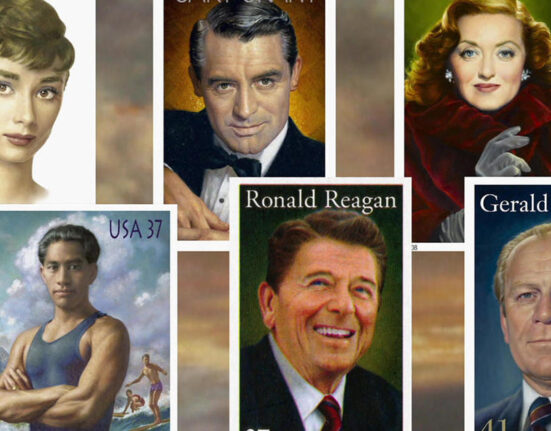
(Credits: Far Out / Album Cover)
The folk genre has fostered many incredible talents over the years, from Bob Dylan and Joan Baez to Joni Mitchell and Leonard Cohen. Often accompanied by little more than an acoustic guitar, these artists have sung about everything from war to sex, inspiring countless musicians in their wake.
Yet, as the internet rose to prominence in the 1990s and ‘00s, the existence of niche music forums and threads have led to the discovery of countless female folk artists who deserve to be remembered and celebrated. Whether they were once popular and faded into obscurity, or their music was only released years after it was recorded, many female folk singers have re-emerged over the past few decades, their music becoming vital listening.
Elsewhere, other circumstances have led women who made folk music in the ‘50s, ‘60s and ‘70s to find new modern audiences, developing cult fanbases among diehard folkies. For example, Vashti Bunyan’s rediscovery resulted in her making music 35 years after she quit the industry.
From German singer Sibylle Baier to Nick Drake’s mother, Molly Drake, here are ten female folk artists who were long forgotten or underappreciated for decades and deserve to be added to your playlists.
The 10 greatest forgotten female folk artists:
Sibylle Baier
During the 1970s, Sibylle Baier recorded songs she had written onto a reel-to-reel tape, exploring themes of melancholy, love, nostalgia and family. Although she made a brief appearance in her friend Wim Wenders’ film Alice in the Cities, singing on a boat with her children, Baier wasn’t interested in becoming well known.
In the 2000s, however, her son found the recordings and was blown away by their beauty, choosing to compile them onto a CD for his mother’s birthday. Colour Green, which is predominantly Baier’s voice accompanied by nothing more than an acoustic guitar, was eventually released in 2006 and remains one of the greatest rediscovered collections of folk recordings.
Linda Perhacs
Despite exhibiting musical talent and a deep love for writing and singing songs, Linda Perhacs decided to pursue a financially secure career in dentistry instead. Yet, after one of her clients turned out to be a producer, Perhacs ended up recording a beautiful album, Parallelograms, which seamlessly blended folk and psychedelia.
Unfortunately, the album failed to make a splash, and the vinyl copies were so poorly made that Perhacs even claimed to have thrown her own copy away. In the ‘90s, the album was rediscovered by internet music fanatics, leading Perhacs to restart her career as a musician, releasing two more albums, with the latest being 2017’s I’m A Harmony.
Vashti Bunyan
To discover the full story of Vashti Bunyan’s incredible life, it’s worth reading her memoir, Wayward, a stunning and inspiring tale of living life on your own terms. However, to sum up her beautiful story, Bunyan ditched life in the city during the swinging ’60s to travel via horse and cart to the Isle of Skye and live on a commune. Having unsuccessfully tried to become a musician, she continued writing songs on the road.
She eventually recorded a gorgeous album, Just Another Diamond Day, in 1970, but with a newborn baby to care for, Bunyan didn’t perform or advertise the record, and it faded into obscurity. She stopped singing, believing herself to be a failure, and didn’t begin again until she was rediscovered on an internet forum, like Perhacs. She has since recorded two more equally stunning albums, Lookaftering and Heartleap.
Molly Drake
Everyone knows Nick Drake, the pensive, reclusive musician behind songs like ‘Pink Moon’ and ‘Northern Sky’, but not everyone is aware that his mother also made music. Molly Drake helped inspire a love of music in her son from a young age, and a collection of early recordings from the Drake family can be found on the compilation album Family Tree.
Her songs were simply made as a hobby, but these gorgeous piano ballads deserve to be heard, especially if you’re a big fan of her son’s work. You can even hear the clear influence of Molly’s lyrics, which are steeped in natural imagery, in Drake’s work. In 2013, a collection of her songs were released under the title Molly Drake, and in 2017, another was made available called The Tide’s Magnificence: Songs and Poems of Molly Drake.
Connie Converse
What happened to Connie Converse? That’s a question we’ll likely never know the answer to. In the 1950s, she attempted to make it as a folk artist, recording songs onto a reel-to-reel tape with the help of her friend, the cartoonist Gene Deitch, who luckily helped her music be discovered by a new generation of folk fans in the 2000s.
After failing to become successful, as well as suffering from a series of personal issues, Converse disappeared. A private investigator was hired, but her family ultimately decided to let her remain lost, just as she had intended. Luckily, we have her recordings to remember her by, which reveal Converse to be a truly magnificent songwriter.
Elizabeth Cotten
If you are well-versed in folk history, you might know about Elizabeth Cotten, a woman whose contributions to the genre were routinely taken advantage of by white artists who tried to claim royalties for songs that she had written. Born in 1893, Cotten began composing songs on a guitar she flipped upside down as a teenager. One of her most notable tracks was ‘Freight Train’, which became popular when Peggy Seeger (whose family employed Cotten as a housekeeper) began performing it on a trip to England.
These days, many people are unaware of how important Cotten’s contributions to folk really are. She constantly had to fight to have her name recognised, but even now, it seems like many people don’t recognise her name. She was inducted into the Rock and Roll Hall of Fame in 2022, finally giving formal recognition to her pioneering talents.
Judee Sill
Out of everyone on this list, Judee Sill was perhaps the most successful in her lifetime. She emerged in the ‘60s after enduring a troubled childhood, and as an adult, she also found herself engaging in crime and drug addiction, ending up in prison. After she was released, she began making music, often deeply religious, that led her to become an opening act for artists like David Crosby and Graham Nash.
Sill released two albums, including Heart Food, but she struggled to find mainstream success. Refusing to perform unless she was a headliner, Sill clearly wasn’t cut out for the music industry, and she ended up leaning on drugs as a way to cope with her lack of acclaim. She died in 1979, and only years later did her music come to be appreciated by a wider fanbase.
Bridget St. John
John Peel formed his label Dandelion so that he could release Bridget St. John’s music, which she made with the assistance of her friend, the musician John Martyn. She released several albums and performed with artists like Kevin Ayers, but after she moved to Greenwich Village in the mid-’70s, she stopped making music for a while, fading into obscurity. She was briefly popular, but she had the potential to be even more successful if she continued with her musical career.
It wasn’t until 1990 that she was heard on record again, contributing vocals to one of Mike Oldfield’s albums. Since then, she has performed a handful of times, but it seems as though St. John is now done with music. Luckily, she has an incredible body of work for us to dip into, but it is a shame that she is largely forgotten.
Shelagh McDonald
Shelagh McDonald’s story is a rather sad, albeit slightly bizarre one. After releasing two folk albums in the early 1970s – Album and Stargazer – she mysteriously disappeared. However, unlike Connie Constance, McDonald’s story is no longer up for speculation. She finally revealed herself to still be alive and well in the 2000s, explaining to the Scottish Daily Mail that a seriously bad acid trip led her to stop making music.
She was too paranoid and suffering mentally, claiming that she couldn’t sing properly anymore. After living with her parents, she ended up getting married, but limited funds meant the couple often lived in tents until he sadly passed away. McDonald has since returned to performing her beautiful songs.
Isla Cameron
Born in Scotland, Isla Cameron was actually rather successful for a period, providing songs for several hit movies such as Jack Clayton’s The Innocents and John Schlesinger’s Far From The Madding Crowd. She was big in the English folk scene during the 1950s and 1960s, recording many songs, often accompanied by other folkies, such as Ewan MacColl.
However, she soon prioritised acting over singing and stopped performing in the ‘70s. By 1980, she was dead, aged 53, after reportedly choking on some food. These days, her name is hardly mentioned in the history of English folk, but her contributions were vital.







